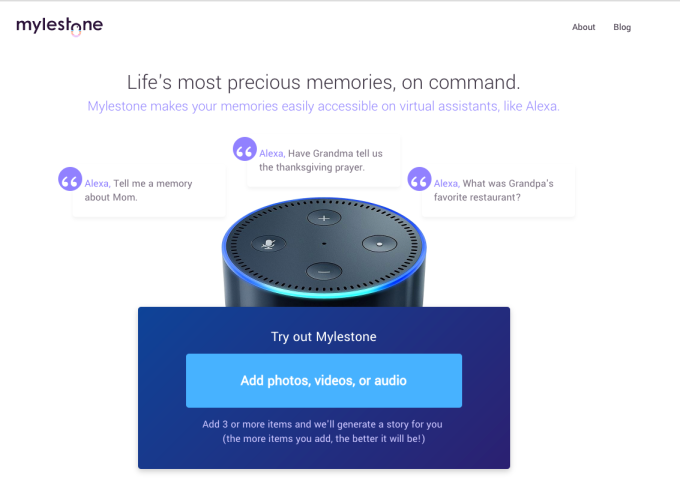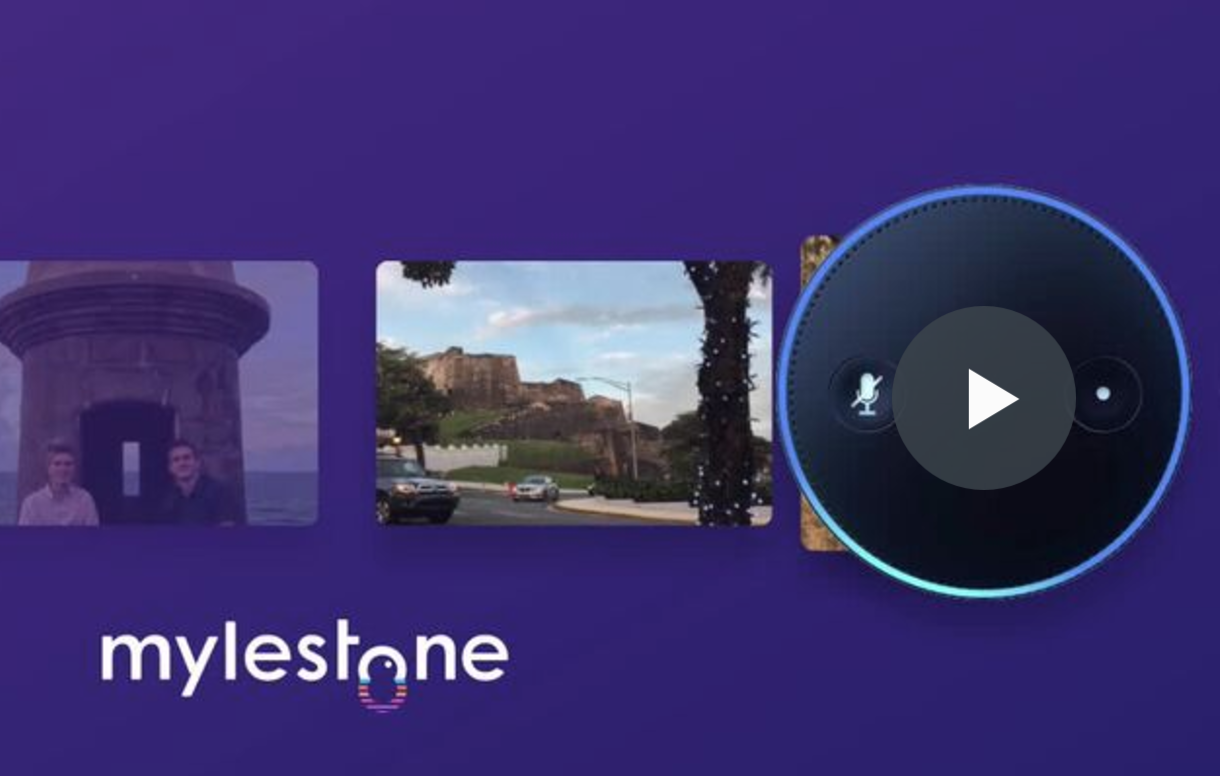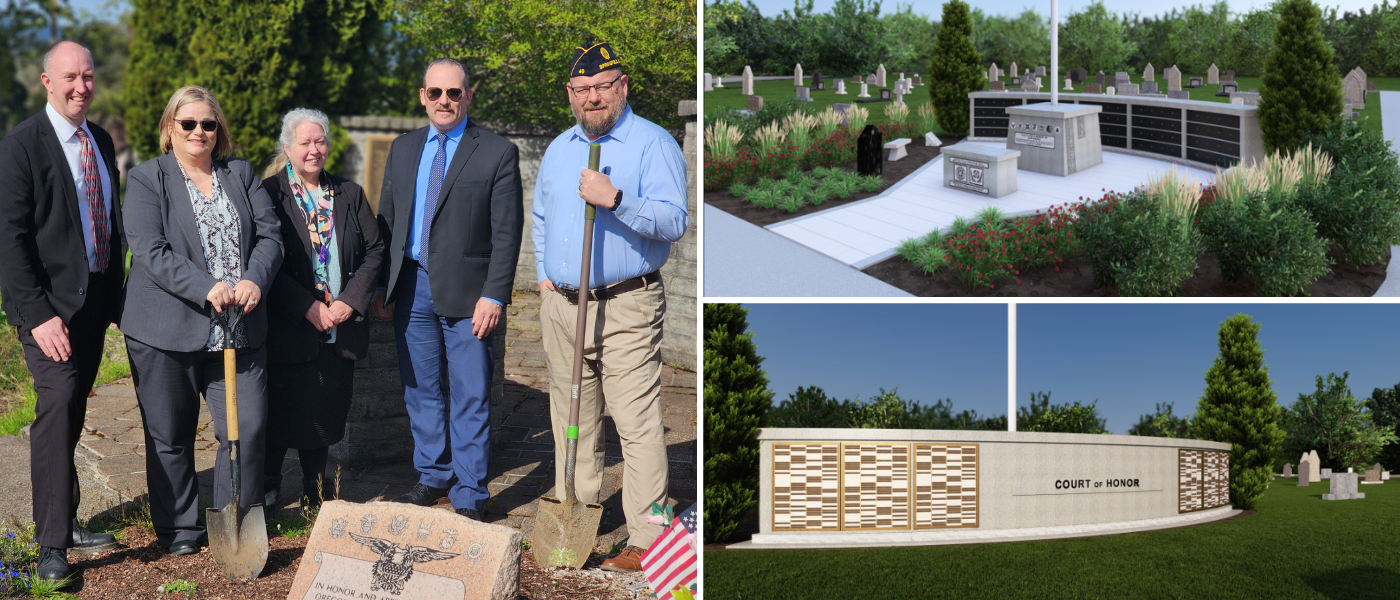Mylestone Lets You Access Your Personal Memories Through Alexa
What if our photographs and social media updates could be turned into memories we – or our children – could later access just by asking a virtual assistant, like Amazon’s Alexa? That’s the premise behind a new startup called Mylestone, which is experimenting with turning our digital footprints into narratives that help us recall highlights from our lives, as well as those of our family members and other loved ones.
The idea seems a little far out there, but it’s an area where a number of companies today are competing – whether that’s bots that will remember the minutia of our day-to-day lives, or even tools to augment our human intelligence with computing power.
Mylestone approaches this space a bit differently. Instead of focusing on more utilitarian functions, the startup is developing a highly personal service for capturing and recalling memories.
To use the Alexa app it has created, you first upload a series of photos, videos or audio files to the service. These are then analyzed by a combination of data science – meaning A.I. and machine learning – along with people who help the process along.

So, for example, if you upload a photo of your parents on a vacation, Mylestone’s system can extract certain data automatically. Using metadata from the photo, it can determine things like the date, time or location where the photo was taken. It can also identify certain things in the photo – like a recognizable landmark (think: the Eiffel Tower, e.g.) to make other determinations about what’s in the photograph.
On the human-assisted side of things, people can help connect the other dots to make the sort of leaps that computers cannot (yet). A photo of two elderly people might be your grandparents, for example, the people working with your digital collection could guess. Or maybe the photo is of a restaurant menu – and since other metadata indicates the city where it was shot – people could search until they found the restaurant in question, then manually confirm the related details.
In other words, people can do the sort of advanced cyber stalking you does on ahead of your Tinder dates, but for the purpose of saving life’s precious memories, not digging up dirt.
Read More on TechCrunch




